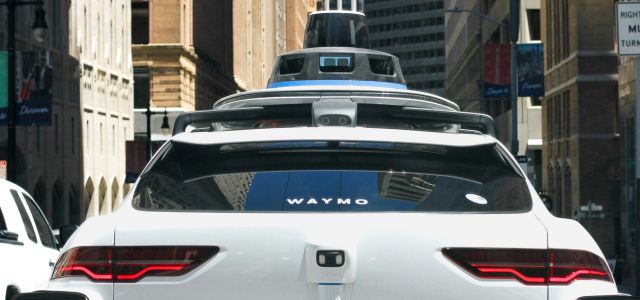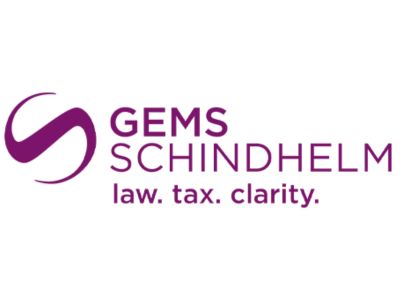Self-driving technology, once the stuff of science fiction, has become a rapidly advancing field poised to revolutionize transportation. At the heart of this technological evolution are companies like Uber and Waymo, pioneers in developing autonomous vehicles. However, as the technology matures, it has become a fertile ground for legal disputes, most notably the intense patent litigation between Uber and Waymo. This case not only highlighted the fierce competition in the self-driving industry but also set the stage for future legal battles over intellectual property (IP) in emerging technologies.
Background of self-driving technology
Self-driving technology has advanced significantly since its early 1980s experiments, with substantial progress in the 2000s driven by key innovations like LiDAR, machine learning, and high-definition mapping. LiDAR, recognized by its spinning cones atop self-driving cars, uses laser beams to map and measure distances, enabling safe navigation through complex environments.
However, the complexity and novelty of these technologies also brought about significant challenges in terms of IP, with companies rushing to patent their innovations to secure a competitive edge.
The Uber-Waymo dispute: a case study
The 2017 Uber-Waymo dispute involved allegations that Uber stole trade secrets by hiring Anthony Levandowski, who took 14,000 confidential Waymo files. This case underscores the distinct yet interconnected roles of patents and trade secrets in protecting business information.
Autonomous vehicles(AVs) rely on a combination of various systems to operate independently. These systems include:
- Sensing systems: This category includes technologies like vision systems, radar, LiDAR, and GPS, which help the vehicle perceive its surroundings.
- Control systems: These manage critical functions such as lane keeping, maintaining safe distances from other vehicles, braking, and collision avoidance.
- Navigation systems: Responsible for trip and route planning, as well as mapping, these systems guide the vehicle from one location to another.
- Machine learning systems: These include algorithms for object recognition, traffic sign identification, and road marking recognition, enhancing the vehicle’s ability to interpret and respond to its environment.
US9841763B1
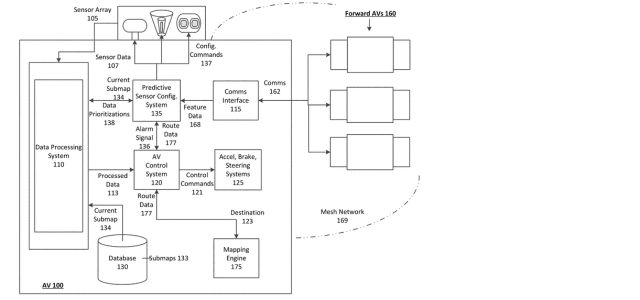
US9097800B1
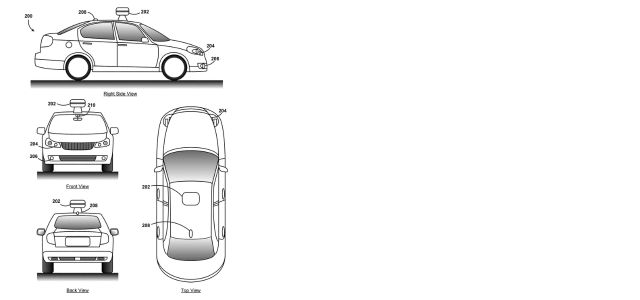
Numerous patents have been granted for LiDAR applications in AVs, including US patents Nos. 9,841,763; 9,254,846; 9,097,800; 8,836,922; 9,368,936; and 9,086,273. For instance, US Patent No. 9,841,763, assigned to Uber, covers a predictive sensor array configuration system for AVs.
Another example is US Patent No. 9,254,846(see below) assigned to Waymo, which describes a machine learning-based system for predictive control of vehicle speed.
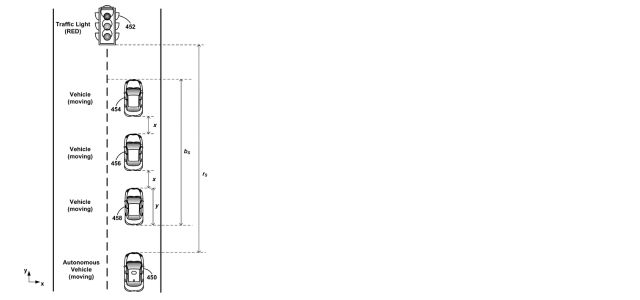
Additionally, US Patent No. 9,097,800 (see below), also assigned to Waymo, discloses a LiDAR system that generates a three-dimensional point map of the area surrounding the vehicle.
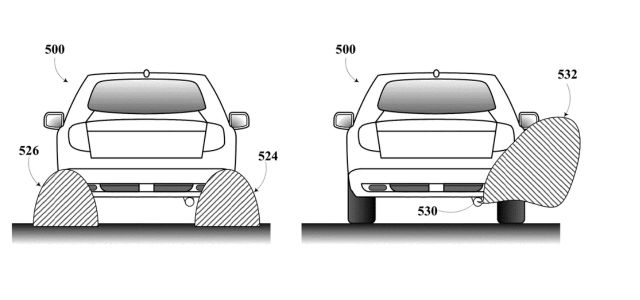
Theft of trade secrets
Levandowski, a key figure in Google’s autonomous car project, left in January 2016 to found the self-driving truck startup Otto, which Uber quickly acquired for $680 million. Fired by Uber in May 2017, he was criminally charged with trade secret theft.
Legal arguments and proceedings
Waymo’s allegations
Waymo accused Uber of stealing trade secrets to speed up its self-driving car development, specifically claiming that Uber replicated Waymo’s LiDAR technology using stolen files.
Uber’s defense
Uber denied the allegations, arguing that its LiDAR technology was developed independently. However, the evidence presented by Waymo, including emails and expert testimony, suggested otherwise.
Settlement
Despite the serious allegations, the case settled for much less than the $2.7 billion Waymo sought, with Uber agreeing to pay 0.34% of its equity, valued at $244.8 million. Uber also agreed not to use Waymo’s proprietary technology in its autonomous vehicles.
Conclusion
The Uber-Waymo patent dispute serves as a cautionary tale for companies operating in the self-driving technology space. It underscores the importance of protecting intellectual property while navigating the complex legal and regulatory environment surrounding autonomous vehicles.

Written by Emre Kurt
Partner, GEMS Legal
You may also like…
The quiet power of confidentiality clubs in SEP litigation
In standard essential patent (SEP) disputes, especially those involving FRAND (Fair, Reasonable, and...
A $10 million patent win reduced to a $1 lesson in damages
In a decision that will resonate as a stark warning to patent litigants, the US Court of Appeals for the Federal...
Chevron’s ghost and the return of deference
Chevron U.S.A. Inc. v. Natural Resources Defense Council, 467 US 837 (1984) instructed courts to defer to an agency’s...
Contact us to write for out Newsletter


